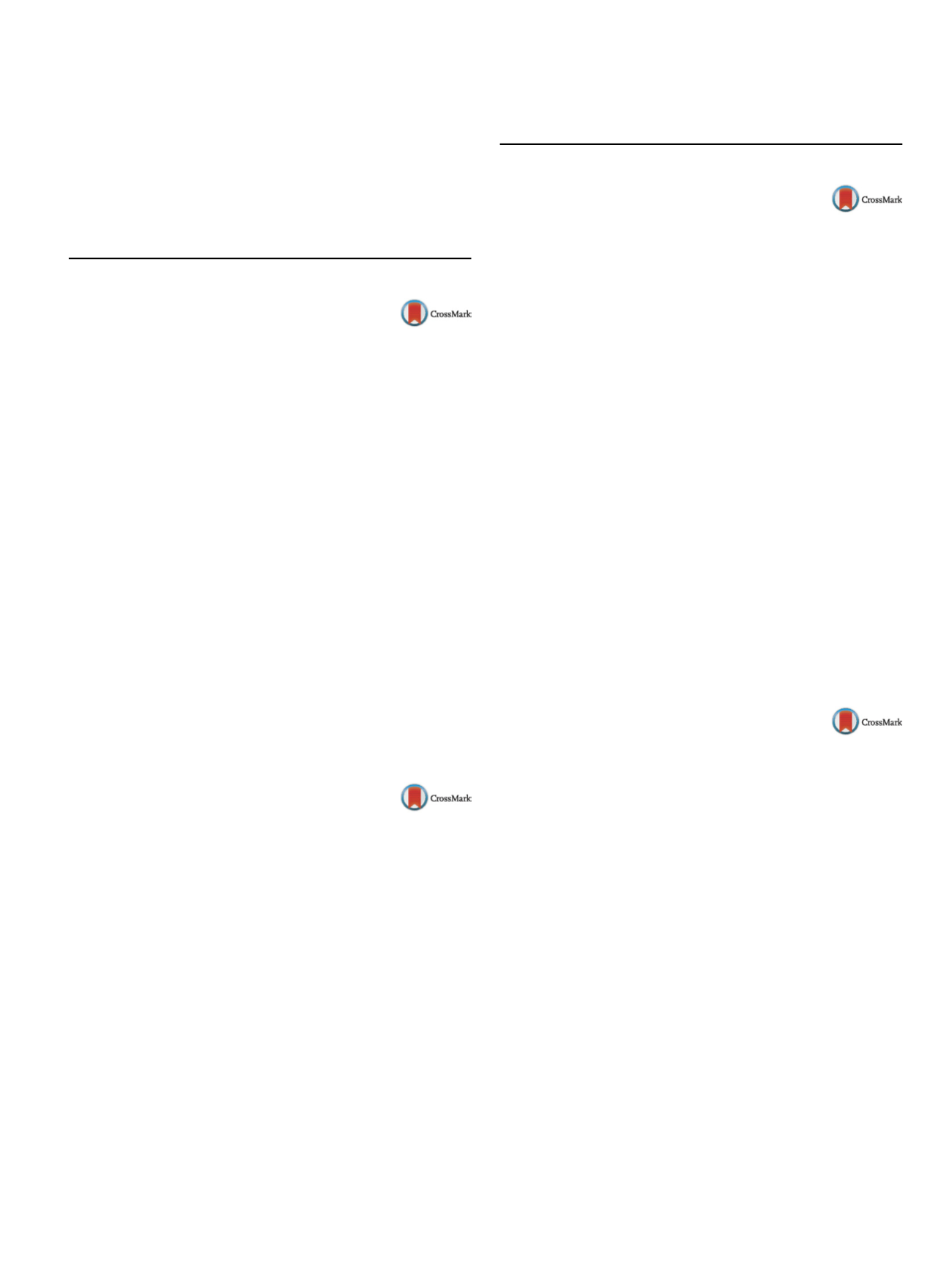

25th European Congress of Psychiatry / European Psychiatry 41S (2017) S8–S52
S33
(FEDER). The Health Services of the Principado de Asturias, Spain,
donated part of the medication used in this study.
http://dx.doi.org/10.1016/j.eurpsy.2017.01.155Symposium: Modifying outcomes of ADHD across
the lifespan
S082
Continuity of ADHD across the lifespan
P. Asherson
Institite of Psychiatry Psychology and N, King’s College London,
London, United Kingdom
Introduction
Formany years ADHDwas thought to be a childhood
onset disorder that has limited impact on adult psychopathology.
However, the symptoms and impairments that define ADHD often
affect the adult population, with similar responses to drugs such as
methylphenidate, dexamphetamine and atomoxetine to those seen
in children and adolescents. As a result, there has been a rapidly
increasing awareness of ADHD in adults and an emergence of new
clinical practice across the world. Despite this, treatment of adult
ADHD in Europe and many other regions of the world is not yet
common practice and diagnostic services are often unavailable or
restricted to a few specialist centres.
Objective
Herewe address some of the key conceptual issues sur-
rounding the continuity of ADHD across the lifespan, with a focus
relevant to practicing health care professionals working with adult
populations.
Conclusions
We conclude that ADHDshouldbe recognisedwithin
adult mental health in the sameway as other common adult mental
health disorders. Failure to recognise and treat ADHD will be detri-
mental to the well being of many patients seeking help for common
mental health problems.
Disclosure of interest
The author declares that he has no compet-
ing interest.
http://dx.doi.org/10.1016/j.eurpsy.2017.01.156S083
Non-Pharmacological treatment of
ADHD across the lifespan
A. Philipsen
University of Freiburg, Germany
Attention Deficit Hyperactivity Disorder (ADHD) is a serious risk
factor for co-occurring psychiatric disorders and negative psy-
chosocial consequences over the lifespan. Given this background,
there is a need for an effective treatment of ADHD patients.
In the lecture, evidence-based psychosocial interventions for ADHD
will be presented.
Disclosure of interest
Books and articles on ADHD.
Ad Boards, Phase-III Studies on ADHD in the last five years.
http://dx.doi.org/10.1016/j.eurpsy.2017.01.157Symposium: Non-Invasive brain stimulation:
From mechanisms to applications
S084
Does transcranial electrical
stimulation induce changes in
peripheral physiology?
S. Lehto
University of Helsinki, Department of Behavioural Sciences, Helsinki,
Finland
Transcranial electrical stimulation (tES) is a non-invasive brain
stimulation method that has evoked increasing interest during
the past years. The most common form of tES, transcranial direct
current stimulation (tDCS), is considered to modulate neuronal
resting potentials. For example, anodal stimulation over motor cor-
tex appears to lead to increased neuronal excitability under the
stimulation electrodes. However, some recent findings suggest that
the effects of tDCS extend beyond the cortical areas under the elec-
trodes, to deeper brain structures such as the midbrain. The brain
also actively regulates peripheral physiology. Thus, changes inbrain
activity following tES may lead to modulation of peripheral physi-
ology. For example, tDCS targeting primary motor cortex has been
observed to induce changes in peripheral glucose metabolism. Fur-
thermore, stimulation of dorsolateral prefrontal cortex has been
shown to lead to alterations in cortisol secretion and the activity
of the autonomic nervous system. Unpublished findings from our
group corroborate with the above observations. Nevertheless, the
evidence regarding peripheral effects of tES remains limited. Inves-
tigating such possible effects may be relevant especially from the
point of view of tES safety and potential therapeutic discoveries.
Disclosure of interest
The author has not supplied his declaration
of competing interest.
http://dx.doi.org/10.1016/j.eurpsy.2017.01.158S085
The effect of prefrontal transcranial
direct current stimulation on resting
state functional connectivity
D. Keeser
Ludwig-Maximilians-University, Department of Psychiatry and
Psychotherapy, Institute for Clinical Radiology, Munich, Germany
Transcranial direct current stimulation (tDCS) of the prefrontal
cortex (PFC) is currently investigated as therapeutic non-invasive
brain stimulation (NIBS) approach in major depressive (MDD) and
other neuropsychiatric disorders. In both conditions, different sub
regions of the PFC (e.g. the dorsolateral prefrontal cortex, the dor-
somedial prefrontal cortex and others) are critically involved in
their respective pathophysiology. Although the neurophysiological
properties of tDCS have been extensively investigated at the motor
cortex level, the action of PFC tDCS on resting state and functional
MRI connectivity of neural networks is largely unexplored. Beyond
motor cortex paradigms, we aim to establish a model for PFC
tDCS modulating functional connectivity in different conditions to
provide tailored tDCS protocols for clinical efficacy studies inmajor
psychiatric disorders such as MDD and schizophrenia. One major
obstacle in brain research is that patients represent themselves as
individuals not as groups. Recent research has shown that the indi-
vidual human brain functional MRI connectivity shows different
within-variability than the variability found between subjects. Sev-
eral neuroimaging methods may be useful to find a classifier that
can be reliable used to predict NIBS effects. These neuroimaging
methods include individual brain properties as well as the evalu-
ation of state-dependency. Anatomical targeted analyses of rTMS


















